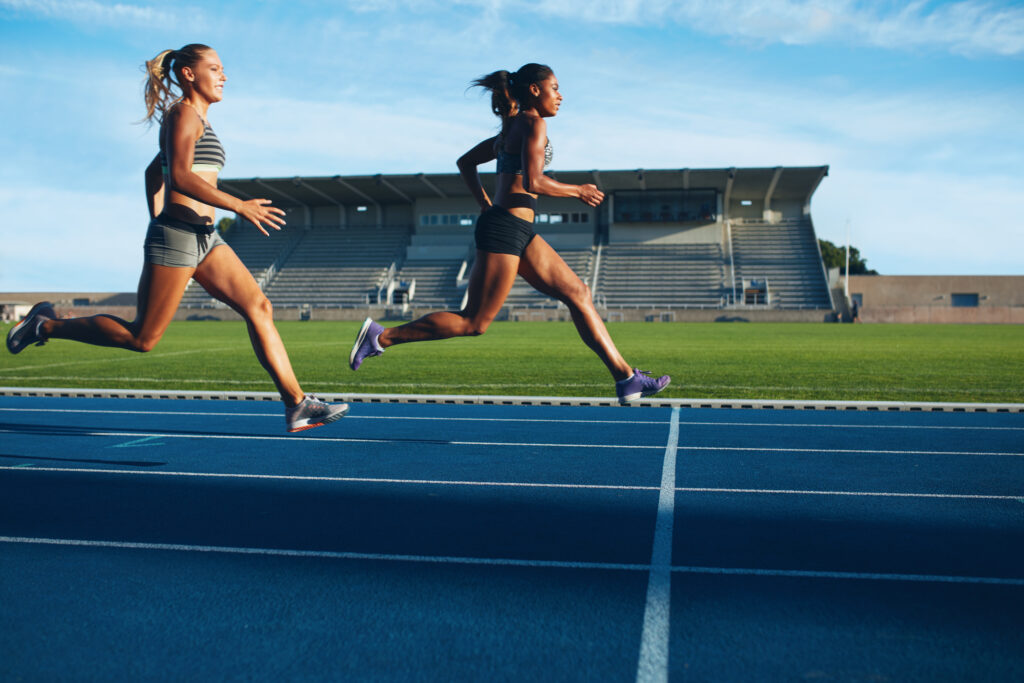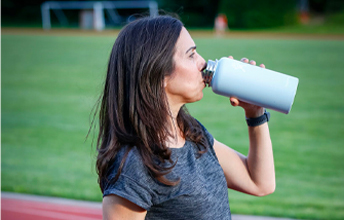Easy LUNCH ideas for athletes

Lunchtime is an opportunity to replenish nutrients from your morning workout or prepare your body for an evening workout. Plan out lunches to ensure you have a variety of foods in your home to prepare meals.
Athlete’s Guide to Optimizing Bone Health

Bone stress injuries (BSI) such as stress fractures and stress reactions are common among athletes with a lifetime prevalence of 40%. They can happen suddenly, just as an athlete might be peaking with training. Most injuries can take about two months to recover. Newer research has identified certain risk factors to help prevent bone stress injuries.
Best Nutrition Bars for Athletes

I always recommend a food first approach but sometimes fresh food isn’t always available. Athletes have high energy demands, and in order to maintain a positive energy balance, athletes need to eat throughout the day.
Eating Disorders in Athletes: Impact on Performance

Eating disorders affect an athlete both mentally and physically and have significant impacts on performance. This blog will discuss the prevalence of eating disorders, identify warning signs in athletes, distinguish the differences and similarities to relative energy deficiency syndrome (REDS), and provide resources for those struggling to seek help.
Athlete’s Guide to Reducing Inflammation

In the world of sports and athletics, all athletes experience inflammation. Inflammation is a natural and healthy process by which the body protects itself from harm. Intense exercise causes metabolic waste as toxins are released, causing the body to respond. Inflammation is the process whereby the body heals itself from toxins.
How to change body composition in a healthy way

It has been proven that athletes with more muscle mass and less fat are able to run faster due to the power-to-weight ratio. Oftentimes, athletes will try to lose weight in an unhealthy way which can negatively affect performance and cause injury.
Hydrating in heat and humidity

Dehydration increases an athlete’s perceived effort and reduces the ability to continue exercising at a high level. Sweat is the body’s built-in cooling system that enables the body to make more energy.